
Dogs
The Tibetan mastiff is an ancient breed known for its excellent guarding skills. Also a companion, the Tibetan mastiff is one of the most recent additions to the list of dog breeds recognized by the American Kennel Club.
The Tibetan mastiff has been a companion and working dog for hundreds of years. Bred to be a herder and flock guardian for yak, sheep and families, they were initially bred without any regard for conformation. Hailing from Tibet, the exact origins of the Tibetan mastiff are a mystery but many feel that this breed is from the same basic stock as other mastiffs and large working dogs and contributed to the development of many of today's mastiffs.
Revered as an excellent guardian but the Tibetans, this mastiff was not well known outside his native land. Prior to the early 19th century, few people were allowed into Tibet. Once they opened their doors, the breed was exported to England in the mid 1800s. It was here that he was bred and refined. By the mid 1900s, the Tibetan mastiff arrived in the United States. Today, there are very few true Tibetan mastiffs in Tibet.
The Tibetan mastiff was recognized by the American Kennel Club in 2006 as a member of the working group.
The Tibetan mastiff gives the appearance of nobility and demands respect. A large well muscled dog, he has a broad, massive head with a broad muzzle and deep chest. The eyes are deep set and the ears are set high, pendulous and "V"-shaped. The tail is medium length, well feathered and curls over the back when the dog is moving or alert. The coat has medium length dense, coarse guard hairs with a soft undercoat. The coat is straight and is heavy particularly in on the head and neck, giving the appearance of a mane. The color of the coat is most often black with tan or gold markings but can also be brown, sable, cream, red or blue/grey. Tan marking and various gold shades are common. White marking may also be present.
The adult Tibetan mastiff stands 24 to 26 inches from the shoulder and weighs 140 to over 170 pounds.
The Tibetan mastiff is a brave and excellent guard dog. The breed is intelligent and loyal, but can have some serious faults in temperament if not properly socialized and trained. They are naturally very protective and territorial. Some can be strong-willed.
The Tibetan mastiff is a loyal and faithful family dog and good with older children if raised with them. Aloof and hesitant around strangers, this dog may be aggressive if not properly socialized. For this reason, they should not be allowed to roam off leash.
The Tibetan mastiff does best when given a large yard with a tall and secure fence. Some mastiffs enjoy climbing over and digging under fences.
Most do well with other family pets if raised with them but may chase neighborhood pets or newly introduced animals.
The Tibetan mastiff is a strong dog that needs firm handling but trained with kindness if he is to be kept under control. Obedience training needs to be started at a young age, while the dog is still small so that they behave as adults. Some can be strong-willed and stubborn so patience and persistence is required.
To keep their coat shiny, daily brushing and wiping with a moist towel is recommended.
The Tibetan mastiff needs plenty of obedience training and continued training throughout life.
Gastric torsion (bloat) is a life-threatening sudden illness associated with the stomach filling with air and twisting.
Hip dysplasia is a malformation of the hip joint that results in pain.
Cataracts cause a loss of the normal transparency of the lens of the eye. The problem can occur in one or both eyes and can lead to blindness.
Entropion is a problem with the eyelid that causes inward rolling. Lashes on the edge of the eyelid irritate the surface of the eyeball and may lead to more serious problems.
Canine inherited demyelinative neuropathy is a neurologic disorder that affects puppies about 2 months of age.
The Tibetan mastiff is also prone to skin infections (pyoderma), epilepsy, hypothyroidism, allergies, atopic dermatitis, ear infections and vaginal hyperplasia.
The life span of the Tibetan mastiff is 10 to 12 years.
We realize that each dog is unique and may display other characteristics. This profile provides generally accepted breed information only.
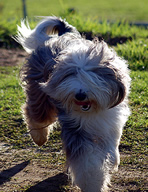 Bearded Collies: A guide to dogs and puppies of the Bearded Collie breed
Bearded Collies: A guide to dogs and puppies of the Bearded Collie breed
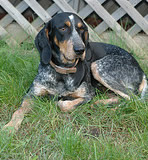 Bluetick Coonhounds: A guide to dogs and puppies of the Bluetick Coonhound breed
Bluetick Coonhounds: A guide to dogs and puppies of the Bluetick Coonhound breed
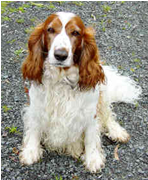 Welsh Springer Spaniels: A guide to dogs and puppies of the Welsh Springer Spaniel breed
Welsh Springer Spaniels: A guide to dogs and puppies of the Welsh Springer Spaniel breed
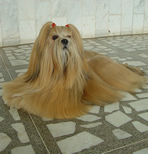 Lhasa Apsos: A guide to dogs and puppies of the Lhasa Apso breed
Lhasa Apsos: A guide to dogs and puppies of the Lhasa Apso breed
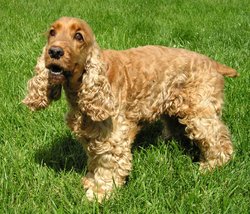 Cocker Spaniel
Cocker Spaniel
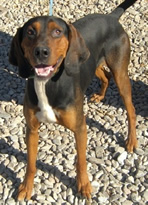 Black and Tan Coonhounds: A guide to dogs and puppies of the Black and Tan Coonhound breed
Black and Tan Coonhounds: A guide to dogs and puppies of the Black and Tan Coonhound breed
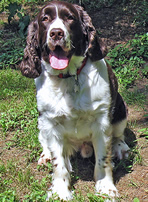 Field Spaniels: A guide to dogs and puppies of the Field Spaniel breed
The Field Spaniel!
The Field Spaniel is a tad bit heavier a
Field Spaniels: A guide to dogs and puppies of the Field Spaniel breed
The Field Spaniel!
The Field Spaniel is a tad bit heavier a
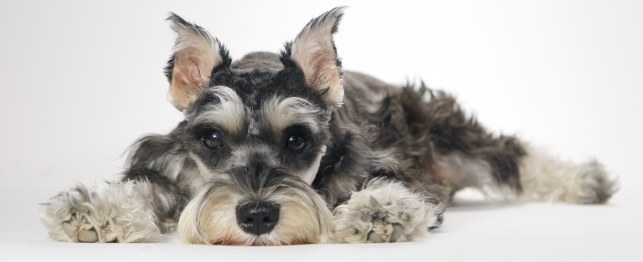 Small Dog Breeds
Small Dog Breeds
Small Dog Breeds
Small Dog Breeds
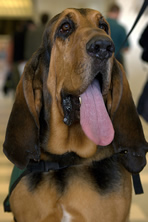 Bloodhounds: A guide to dogs and puppies of the Bloodhound breed
The Bloodhound!
The Bloodhound is a massive, powerful breed
Bloodhounds: A guide to dogs and puppies of the Bloodhound breed
The Bloodhound!
The Bloodhound is a massive, powerful breed
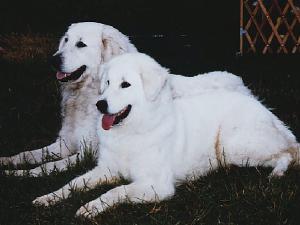 Kuvasz
Kuvasz
Kuvasz
Kuvasz
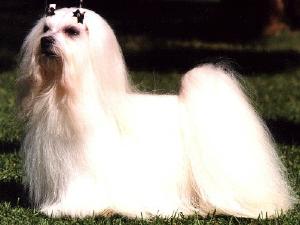 Maltese
Maltese
Maltese
Maltese
Copyright © 2005-2016 Pet Information All Rights Reserved
Contact us: www162date@outlook.com